Dancing Around Glass

Spring is coming and green grass shoots are beginning to emerge—just in time to provide delicious food for one of our most important, and easily overlooked, animals.
Years ago, when I was leading nature walks on a regular basis, one of my favorite stories involved the boom-and-bust cycles of vole populations. Given that spring is just around the corner, I thought it would be fun to return to this topic, dive into the scientific literature, and see what more I could learn.
You may not be consciously aware of voles, but you've almost certainly encountered them. These small, mouse-like animals hide in dense grasses, and as you walk across a field, or along a trail, you sometimes hear the quick scurrying sound of voles darting away from your feet.
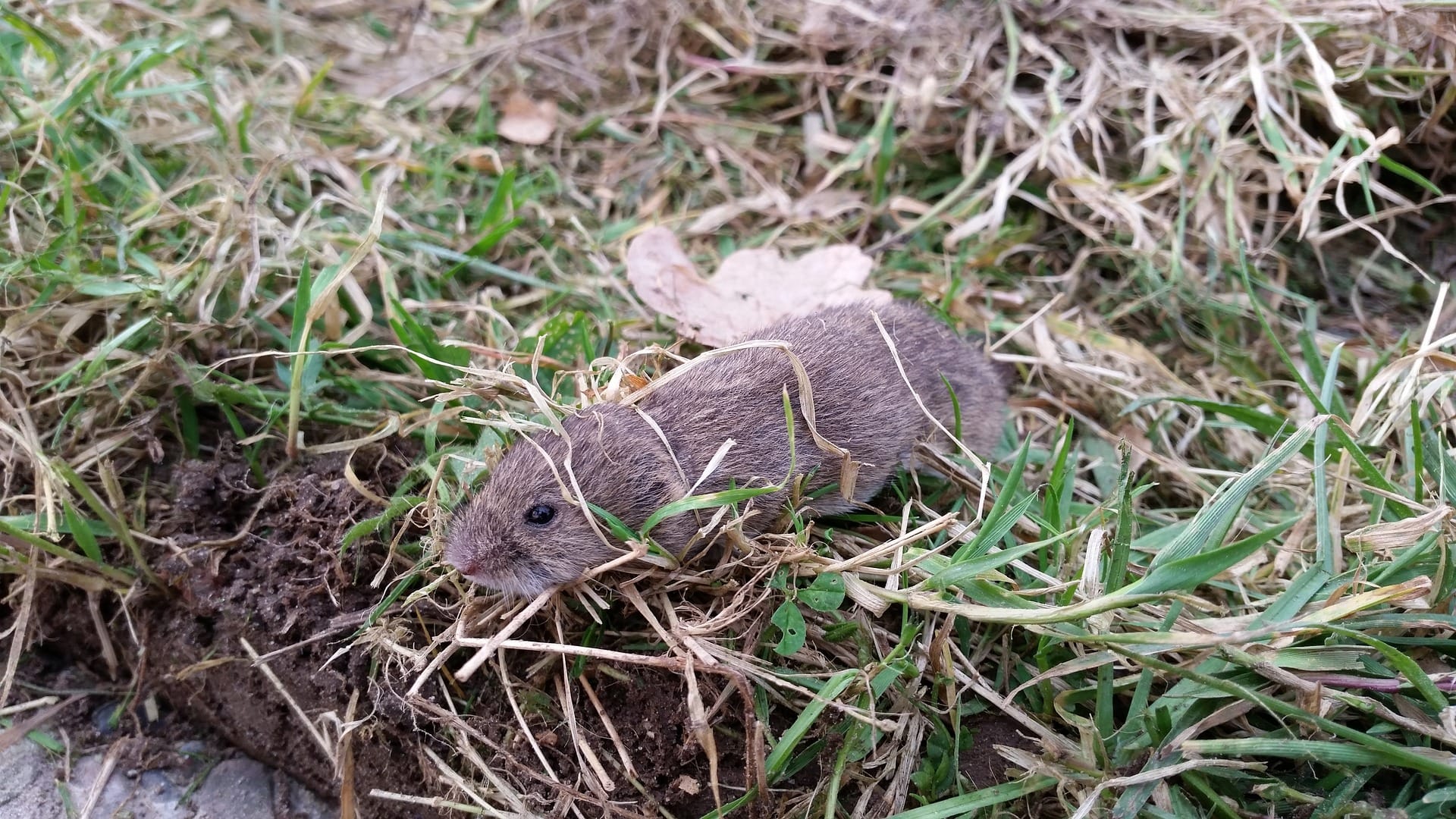
Not only are voles far more common than you might realize, but they also experience boom-and-bust cycles with their numbers reaching a staggering 2000 voles per acre in peak years!


Whether their numbers are high or low, voles play a critical ecological role. They consume immense quantities of grasses and small green plants, and in the process, they convert energy locked up in plants into highly nutritious, bite-sized morsels that feed every imaginable predator from snakes to owls to mountain lions.
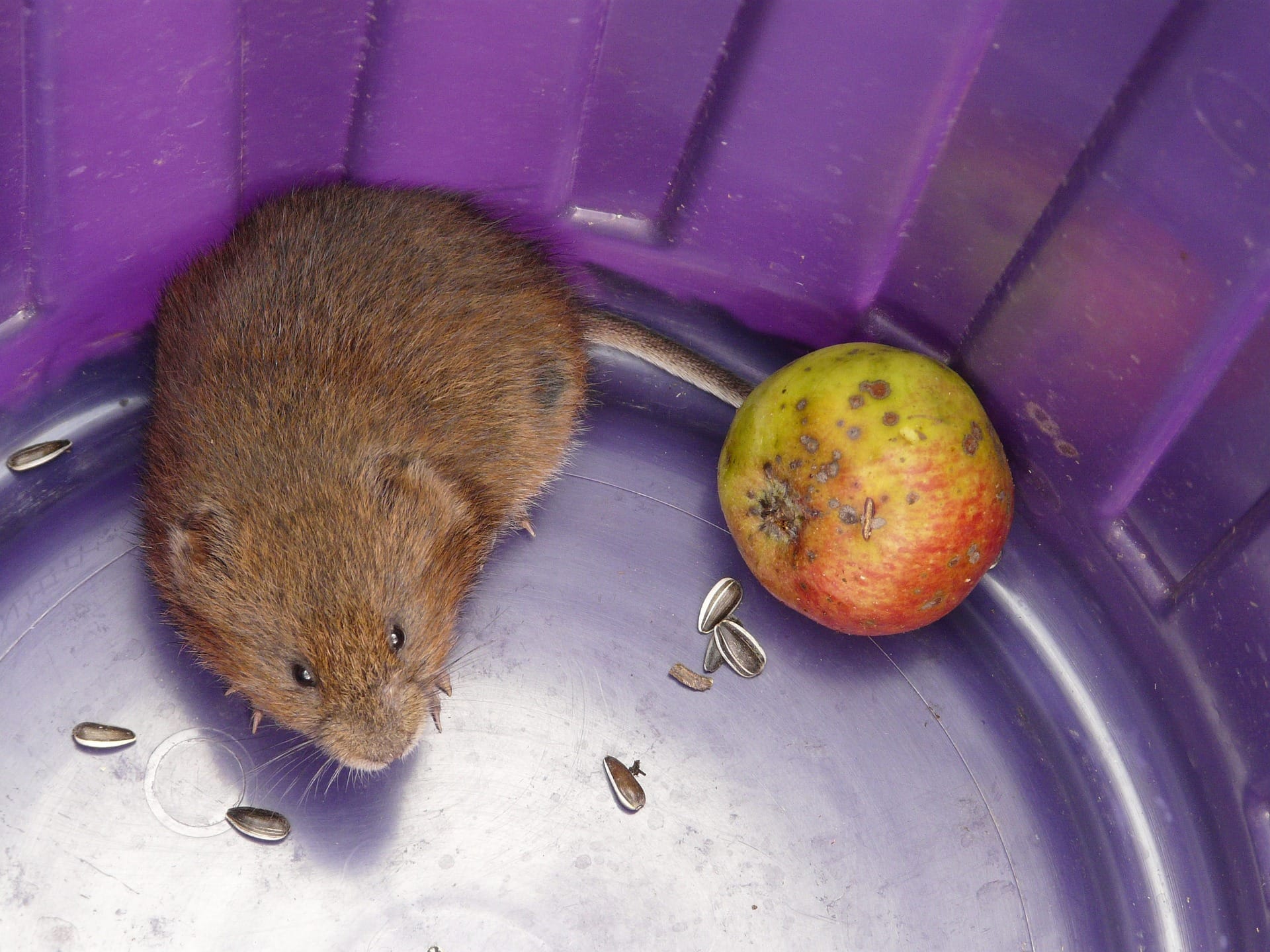
Voles start breeding when they're 4-6 weeks old, then breed every three weeks until they're eaten. But on average they only live two months, so essentially, they exist to breed and be food for other animals.
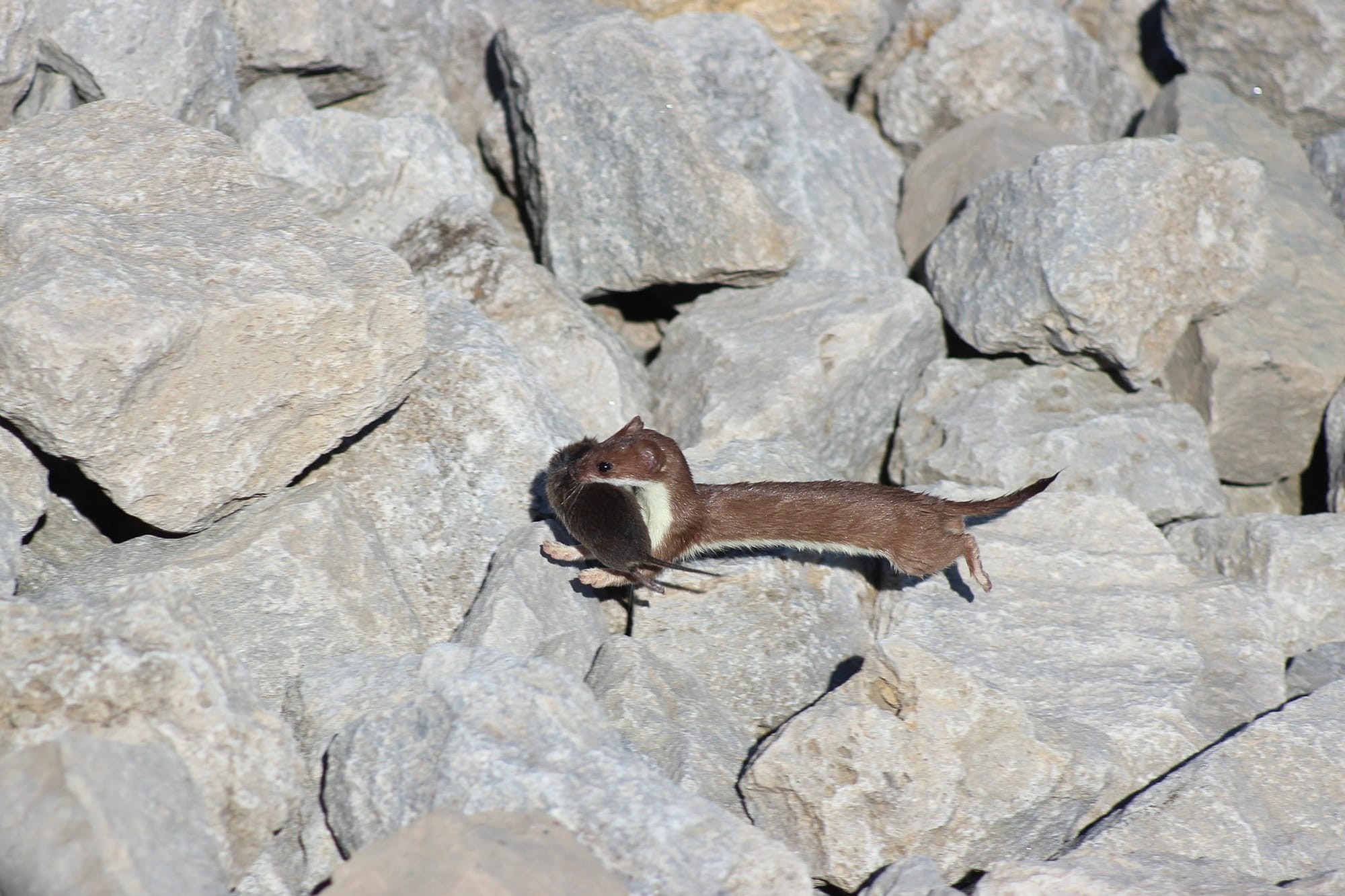
From our perspective as large carnivores, we can easily understand voles providing food for predators—but let's flip the script and imagine this story from the perspective of grasses and plants that are being eaten by voles.
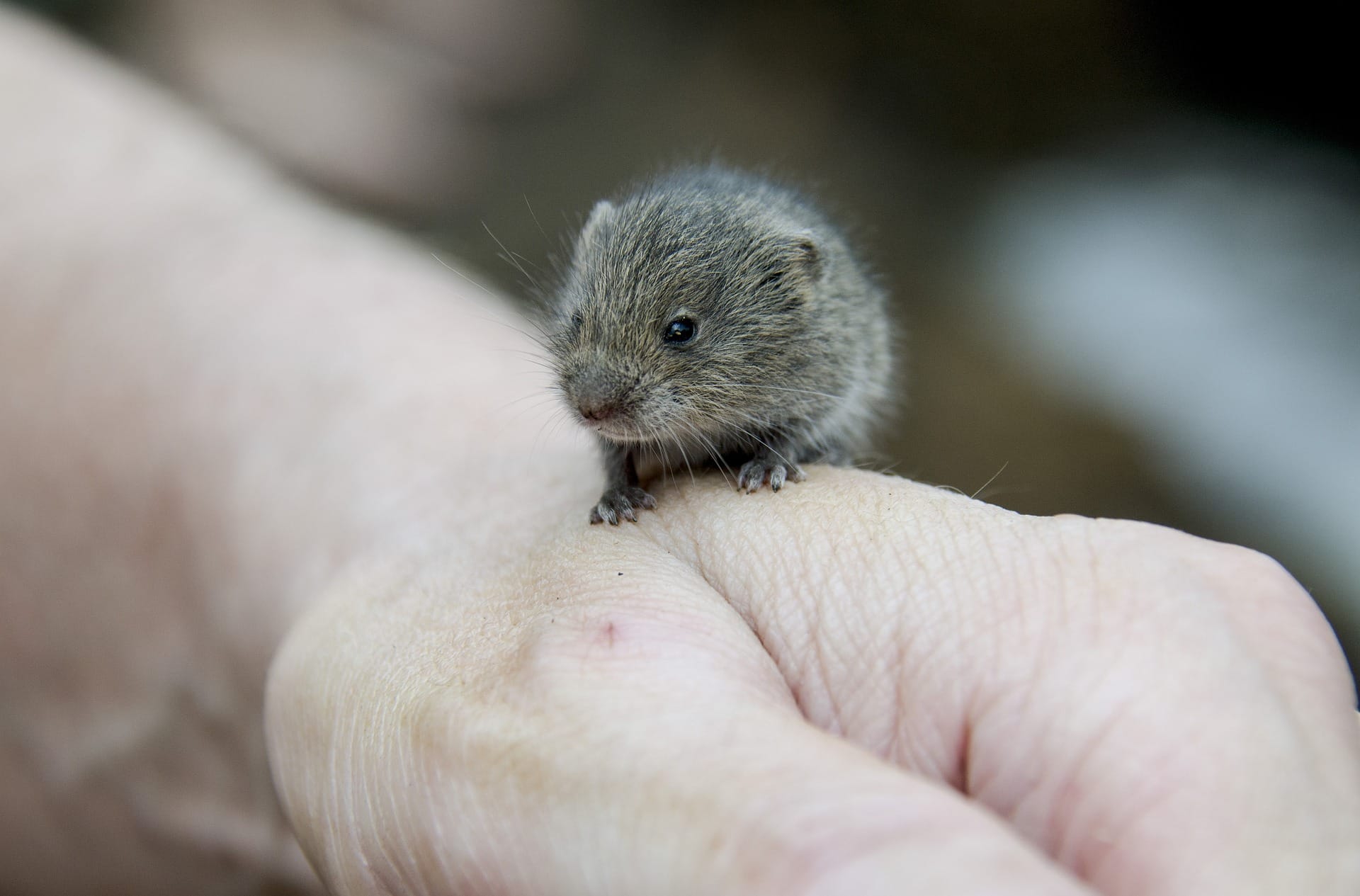
Voles devour all the green leaves and stems they can find, but plants don't want to be eaten. Plants need a way to protect themselves, and they do this by pulling silica out of the soil and putting silica crystals into their tissues.
Silica is the second most abundant element in the earth's crust, and it's what we make glass out of, so imagine trying to eat a bunch of leaves full of broken glass fragments! As you can imagine, when plants load up their tissues with silica it has a tremendous impact on voles, limiting their ability to digest and obtain nutrients, and dramatically slowing their growth and reproduction.
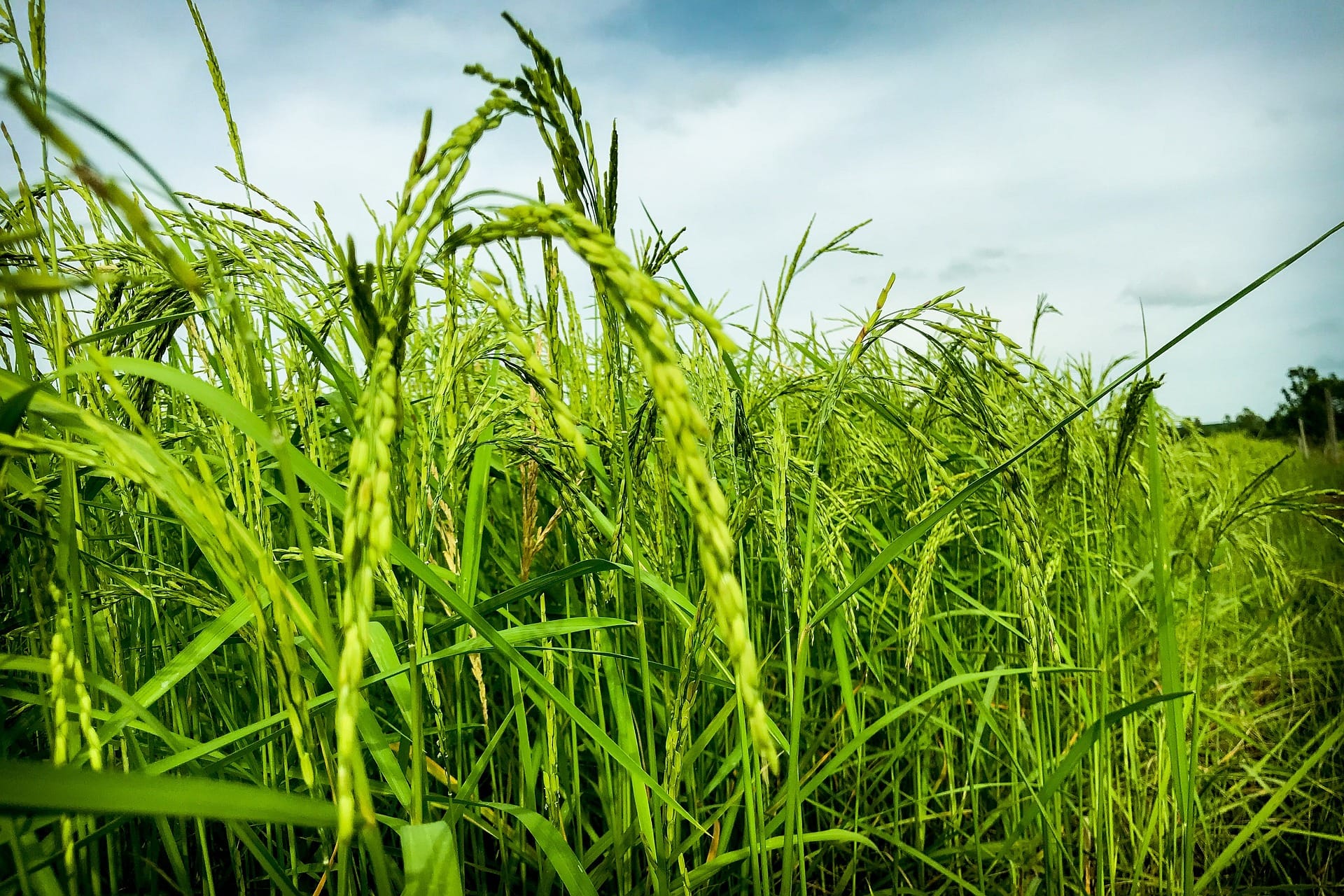
When vole numbers are higher than normal, plants respond by pulling silica out of the soil and adding it to their tissues. This effort is costly, so even though the silica knocks back the vole population, it means that plants don't have as much energy left over for growing or producing seeds.
However, the following year, after the vole population crashes from the silica-rich diet of the previous year, grasses and plants stop accumulating silica and put their energy into vigorously growing leaves and producing lots of seeds. Of course, this leads to a flush of easily digestible food, so the handful of voles that are still alive start reproducing and building back their numbers as fast as they can.
After a year, vole populations rebound, which forces plants to focus on gathering silica again, and the cycle starts over—back and forth, year after year—in an endless dance.

Member discussion